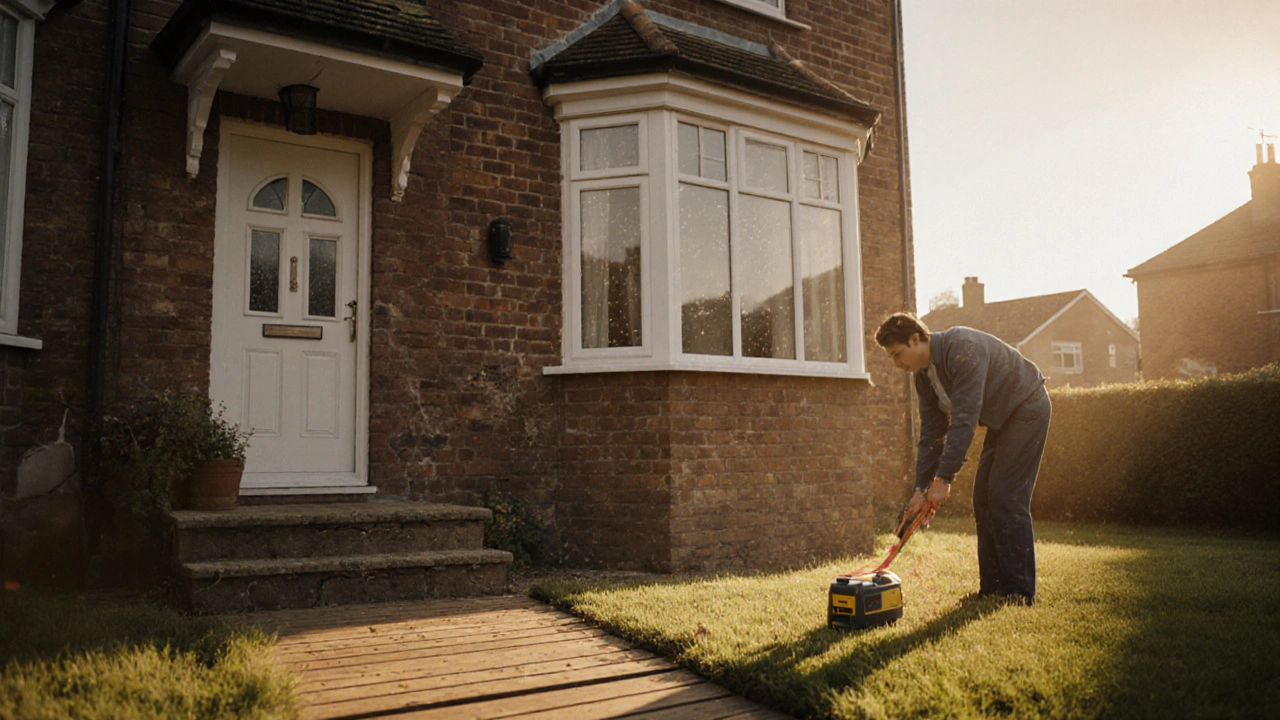Most Expensive Foundation Repair – What Drives the Price?
When dealing with Most Expensive Foundation Repair, the highest‑priced fixes for settlement, cracking or shifting foundations. Also known as high‑cost foundation repair, it usually involves extensive excavation, specialized engineering and premium materials. This process most expensive foundation repair often includes a detailed site analysis, custom shoring systems, and long‑term monitoring. It encompasses complex structural remediation and requires skilled contractors who can navigate soil conditions, load‑bearing calculations, and local building codes. Foundation Repair Cost, the total price tag for fixing foundation problems, including labor, materials, and permits, can vary dramatically based on depth of damage and method used. Another key factor is a Horizontal Foundation Crack, a crack that runs parallel to the ground and often signals severe structural stress. These cracks demand steel piers or wall anchors, which push the overall bill upward.
What Makes Foundation Repairs Cost So Much?
The price spikes when you add Seasonal Timing for Foundation Repair, the choice of season—spring, autumn, winter or summer—when repair work is performed. Spring and autumn tend to be cheaper because soil moisture is optimal, reducing the need for extra drainage or waterproofing. In contrast, summer heat can dry out soils quickly, demanding more extensive stabilization, while winter freezes can halt work altogether, inflating labor rates. Weather, therefore, influences the overall cost and can turn a routine fix into a premium job. Insurance coverage also plays a role; many policies exclude foundation damage unless caused by specific events, pushing homeowners to shoulder the full expense. When a claim is denied, the homeowner must fund the entire repair, often leading to the “most expensive” label.
Beyond timing, the type of repair method matters. Steel pier installation, helical piles, and carbon‑fiber reinforcement each carry different price points. Steel piers, for example, involve drilling deep into stable strata and welding custom caps—labor‑intensive steps that add up quickly. Helical piles, while faster to install, require high‑quality steel and specialized equipment, which bumps the cost as well. Carbon‑fiber straps are a newer, lighter option but demand precise engineering analysis, driving up design fees. Each technique requires a different set of tools and expertise, meaning the choice of method directly affects the final bill.
Professional expertise is another hidden cost driver. Licensed structural engineers must evaluate load‑bearing walls, calculate settlement vectors, and design a remediation plan that meets local building regulations. Their fees alone can be a few thousand pounds, yet skipping this step can lead to under‑designed solutions that fail, costing even more down the line. Reputable contractors also invest in quality control—regular inspections, soil testing, and post‑repair monitoring—which adds to the price but ensures the fix lasts. This relationship connects the entities of engineering assessment, repair method, and long‑term durability, illustrating why top‑tier foundation repairs carry premium price tags.
Understanding these cost components lets you separate a necessary investment from an inflated quote. In the articles below you’ll discover how profit margins differ across construction sectors, why certain seasons are best for fixing sagging floors, how insurance policies treat foundation issues, and step‑by‑step guides to assess crack severity. Armed with this context, you’ll be ready to evaluate estimates, negotiate effectively, and choose the right professional for even the most expensive foundation repair job.

